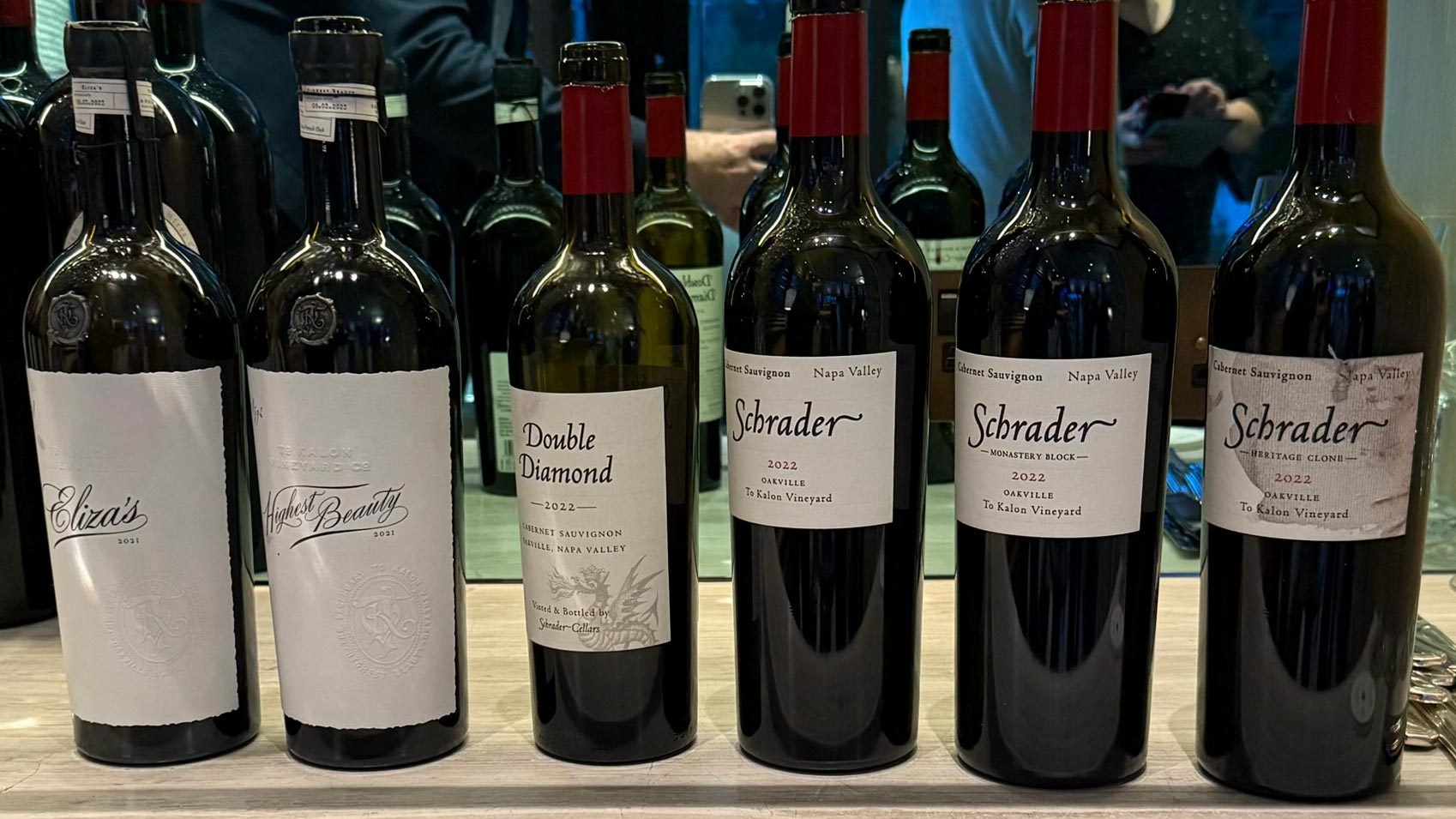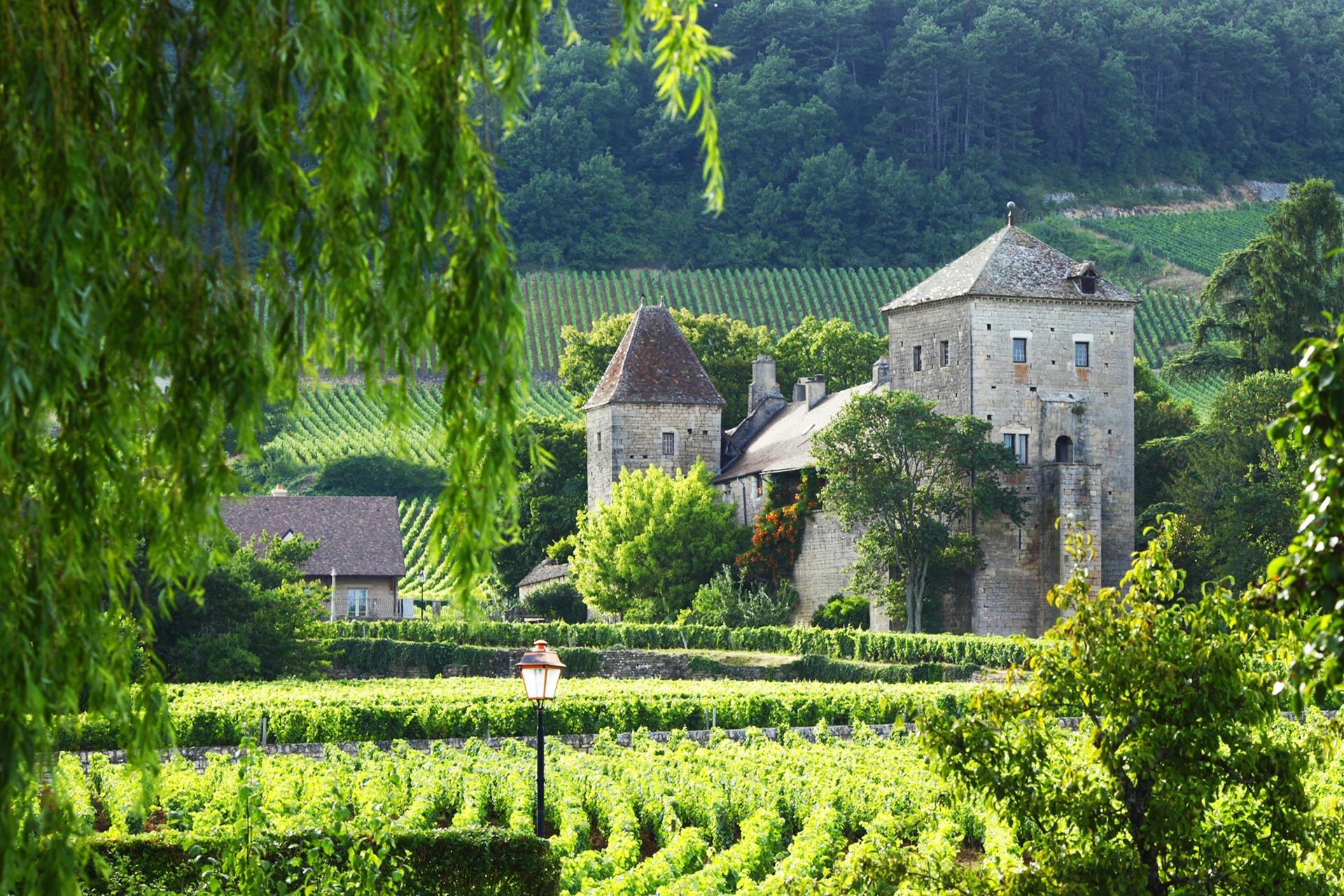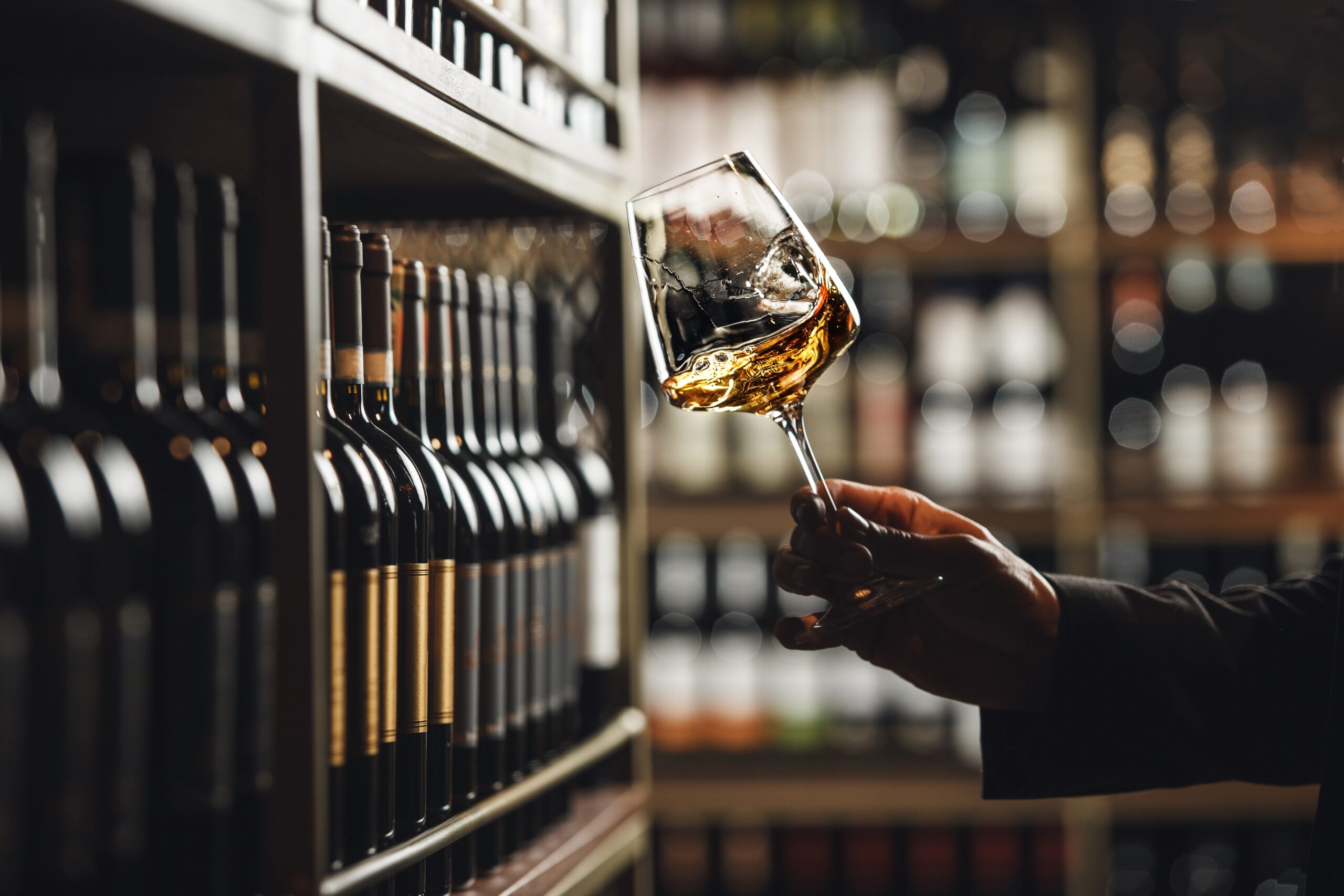Let’s face it: wine can make or break a dinner. One wrong move on the wine list and suddenly your duck confit’s best friend is a lukewarm Pinot with commitment issues. So how can UK restaurants ensure their wine programs are more Michelin-starred than mid-week pub quiz?
We’ve swirled, sniffed and sipped through the data to bring you a full-bodied guide to optimising your restaurant’s wine offering – tackling pricing, presentation, and yes, the surprisingly strategic art of corkage.
1. Pricing: Beyond Slapping on a 300% Markup
The classic “triple retail and cross your fingers” model might still dominate, but let’s get real – today’s diners are savvier. They’ve googled that bottle of Albariño before your sommelier’s even said “mineral finish”.
✅ Key Tip: Tier your pricing. Lower markups on premium bottles avoid sticker shock, while affordable sippers can carry a bit more margin. It’s all about balance – think yin and yang, but with Merlot.
🎩 Pro move: Use price anchoring and decoy bottles (hello £160 Napa Cab!) to make your £75 Bordeaux look like a bargain.
2. Menu Engineering: Where Psychology Meets Pinot
There’s a reason people order the second cheapest wine (it’s a trap – we all know that one’s the margin king). Smart wine lists use:
-
Decoy pricing to make mid-tier options more tempting.
-
Highlight boxes to draw attention to hero wines.
-
Pairing suggestions to up-sell and boost customer confidence.
And remember – don’t list by price alone. That’s how you end up with customers speed-dialing Tesco.
3. Presentation: Your Wine List Needs a Makeover
Think less Excel spreadsheet, more iPad sleek. Whether printed or digital, your wine list should be:
-
Easy to read (ditch Comic Sans, please)
-
Beautifully organised (by grape, region or flavour)
-
Informative but not waffly (“Hints of blackcurrant and dark chocolate”, not “a journey through tannic terroir time”).
And yes – include the £ symbol. We’re British, we like knowing what we’re paying.
4. Digital Wine Lists: The Tech That Pays for Itself
Not just a fancy gadget. Digital lists can:
-
Update instantly (goodbye outdated vintages)
-
Suggest pairings (AI can be a great sommelier)
-
Capture data (know what’s hot – and what’s not)
Plus, it’s greener than printing reams of menus every time Steve forgets to reorder the Chianti.
5. Corkage: The Underrated Profit Hack
“Bring your own wine” used to scream stingy, now it’s a smart strategy. Corkage lets customers splash out on their special bottle and rack up a juicy corkage fee while still ordering your truffle fries.
✔️ Improves your image with wine lovers
✔️ Turns a no-sale into a revenue stream
✔️ Eases the “your markup is criminal” complaints
Just keep the fee sensible – this isn’t a penalty, it’s hospitality with a twist.
6. Staff: The Human Side of Your Wine Program
Even the best wine list is just paper without a team that knows their Beaujolais from their Burgundy. Invest in training. A confident, helpful server will sell more wine – and give customers a better experience.
Bonus: they’ll stop describing every wine as “smooth”.
7. Stock & Strategy: Keep it Lean, Keep it Loved
Track your sales. Rotate your list. Don’t tie up capital in slow-movers (yes, we see you, dusty bottles of 2014 Aussie Shiraz). Wine is alive – your list should be too.
Final Sip: A Well-Crafted Wine Program Isn’t Just Fancy, It’s Smart Business
Whether you’re running a gastropub in Glasgow or a fine dining room in Mayfair, a great wine program isn’t about having the biggest list – it’s about having the right list, the right pricing, and a welcoming approach that makes guests feel confident and cared for.
So go on, rethink that markup, highlight that hero bottle, and maybe let your customers bring that 2001 Rioja they’ve been saving for the right moment.
Your profit margins – and your diners – will thank you.
🍷 Cheers to better wine programs and fuller glasses all around.



